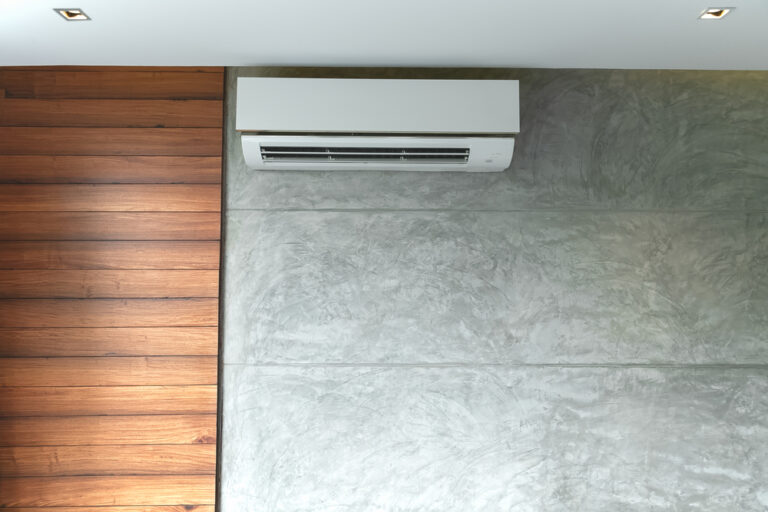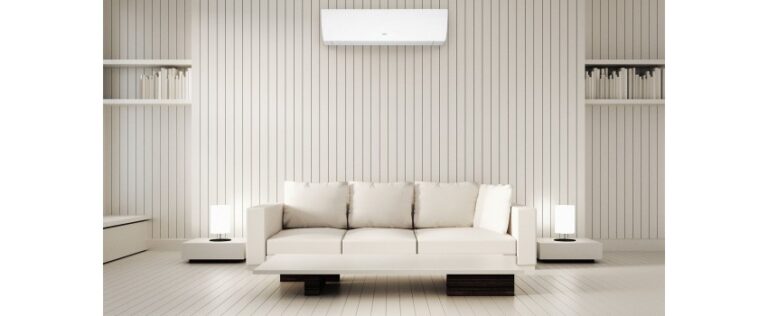If you’re planning to install an HVAC system in your business, it’s important to know and make sure you’re doing it right. No one wants to be caught out down the road with an impractical or unrealistic plan for their air conditioning or to be left unsatisfied with a job that didn’t meet all of the requirements set out for it. This is where engineered HVAC design comes in.
What is it?
Commercial HVAC ventilation systems are responsible for providing fresh air to a building while exhausting stale air. There are several components to a commercial ventilation system, including the supply fan, return fan, ductwork, and air handling unit.
The supply fan pulls air from the outdoors and brings it into the building. The return fan pulls air from the inside of the building and exhausts it to the outdoors. The ductwork distributes the air throughout the building. The air handling unit is responsible for conditioning the air before it is distributed.
The supply fan is typically located in the attic or basement of the building. The return fan is typically located in the ceiling of the building. The ductwork is typically located in the walls of the building. The air handling unit is typically located in the basement of the building.
The main purpose of an HVAC system is to provide comfortable indoor air quality while also saving energy. In order to do this, the system must be able to circulate air throughout the entire house. This is why it is important to have a well-designed HVAC system. If the system is not designed properly, it will not be able to circulate air effectively and could end up costing you more money in energy bills.
Engineered HVAC design is the application of engineering principles and technologies to the design of HVAC systems. The goal of engineered HVAC design is to optimize the performance of the system while maximizing energy efficiency and minimizing environmental impact.
Who Does It?
HVAC Design Engineers are, predictably, responsible for the design of HVAC systems. Their role is to ensure that the systems are designed to meet the needs of the customer and meet all relevant building codes. They must also take into account the climate, topography and soil conditions of the site when designing the system.
The first step in the design process is to meet with the customer and discuss their needs. The customer will usually have a good idea of what they want the system to do, but the design engineer must ensure that the system is capable of meeting those needs. They will also need to take into account the size of the space that needs to be cooled or heated, the number of people that will be using the space and the type of climate that the space is located in.
Once the design engineer has a good understanding of the customer’s needs, they will begin the process of designing the system. They will start by creating a model of the space that needs to be cooled or heated. This model will be used to determine the size and layout of the ductwork, the placement of the vents and the location of the thermostat.
After the model is complete, the design engineer will then need to select the type of HVAC system that is best suited for the space. There are many different types of HVAC systems on the market, so it is important to select one that will meet the needs of the customer and the space. The most common type of system is the split system, which consists of an outdoor unit and an indoor unit. The outdoor unit is responsible for cooling the air, while the indoor unit is responsible for heating the air.
Once the type of system has been selected, the design engineer will then need to determine the size of the unit. The size of the unit will be determined by the number of people that will be using the space, the size of the space and the type of climate that the space is located in. When the size of the unit has been determined, the design engineer will then need to calculate the airflow that is required to maintain the space at a comfortable temperature.
After the airflow has been calculated, the design engineer will then need to select the type of ductwork that will be used to distribute the air throughout the space. The most common type of ductwork is the round duct, which is made up of a series of small, circular pipes. The other type of ductwork is the rectangular duct, which is made up of a series of large, rectangular pipes.
Finally, once the ductwork has been selected, the design engineer will then install the system. This process will involve the use of a variety of tools and equipment, such as drills, saws, screwdrivers and wrenches.
Once the system is installed, the design engineer will then need to test the system to ensure that it is working properly.
How Do They Do It?
When it comes to designing the perfect HVAC system for a building, there are many factors that HVAC design engineers must consider. A miscalculation or oversight in these designs can be the reason that an HVAC system fails.
The most important factor is the climate. The building location is classified into one of four seasons. The seasons are winter, spring, summer, and fall. The HVAC system must be designed to maintain the indoor temperature and humidity at comfortable levels for the building occupants during the season. The seasons are determined by the geographical location of the building.
The HVAC system must be designed to maintain the indoor temperature and humidity at comfortable levels for the building occupants while also providing adequate ventilation. The ventilation requirements are determined by the type of building and the occupancy level. The air conditioning requirements are determined by the climate and the building type.

The building type is also an important factor in the HVAC design. The building location is classified into one of three building types; residential, commercial, and industrial.
The HVAC system must be designed to maintain the indoor temperature and humidity at comfortable levels for the building occupants in the building type. Office buildings, for example, have different ventilation requirements than industrial buildings. Office buildings typically have more people per square foot and generate more heat than industrial buildings. This means that office building ventilation requirements are typically higher than those of industrial buildings.
Do I Need It?
As energy costs continue to rise, the need for energy-efficient HVAC systems becomes more important. A well-designed HVAC system can save you money in both the short and long run.
Here are four reasons to hire an HVAC design engineer:
Energy Efficiency
HVAC design engineers are experts in designing energy-efficient systems. They know how to select the right components and configure them to work together efficiently. This can result in significant savings on your energy bill.
Cost Savings
A well-designed HVAC system can also save you money in the long run. By choosing energy-efficient components, you can lower your overall energy consumption. This can lead to lower utility bills and a smaller carbon footprint.
Comfort
An HVAC design engineer can help you create a comfortable indoor environment. They can assess your needs and design a system that provides the ideal balance of heating and cooling. This can result in improved indoor air quality and more comfortable home.
Peace of Mind
When you hire an HVAC design engineer, you can have peace of mind knowing that your system is designed and installed correctly. This can give you confidence that your HVAC system will work properly and last for many years to come.
Conclusion
In conclusion, engineered HVAC design is a process that takes into account the specific needs of a building and its occupants. It is not always necessary but can be helpful in ensuring that a building’s HVAC system is properly sized and meets the needs of the people using it. If you are considering an HVAC upgrade or retrofit, talk to a skilled engineer about your options and let them advise you on the first step in your project.



